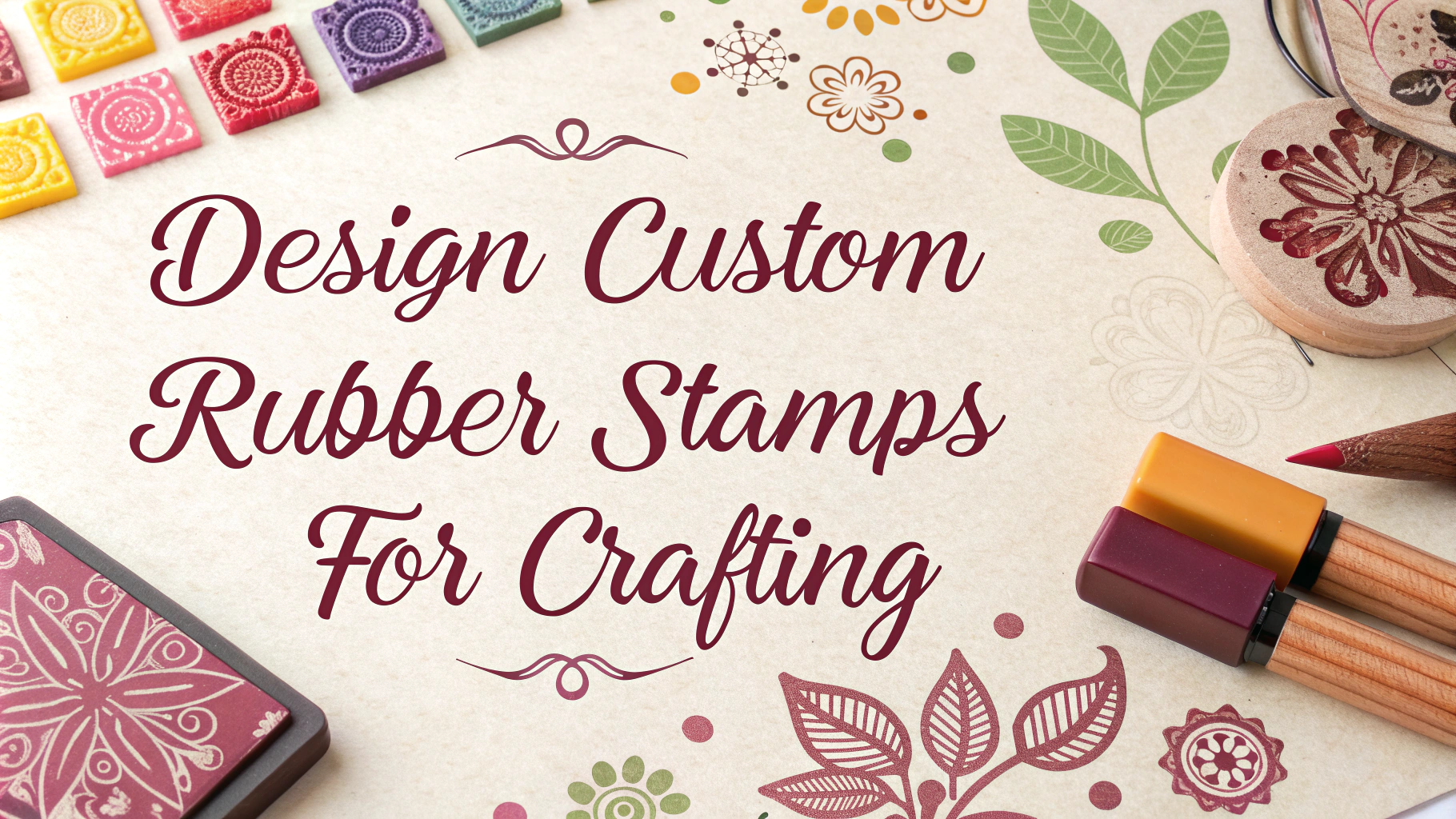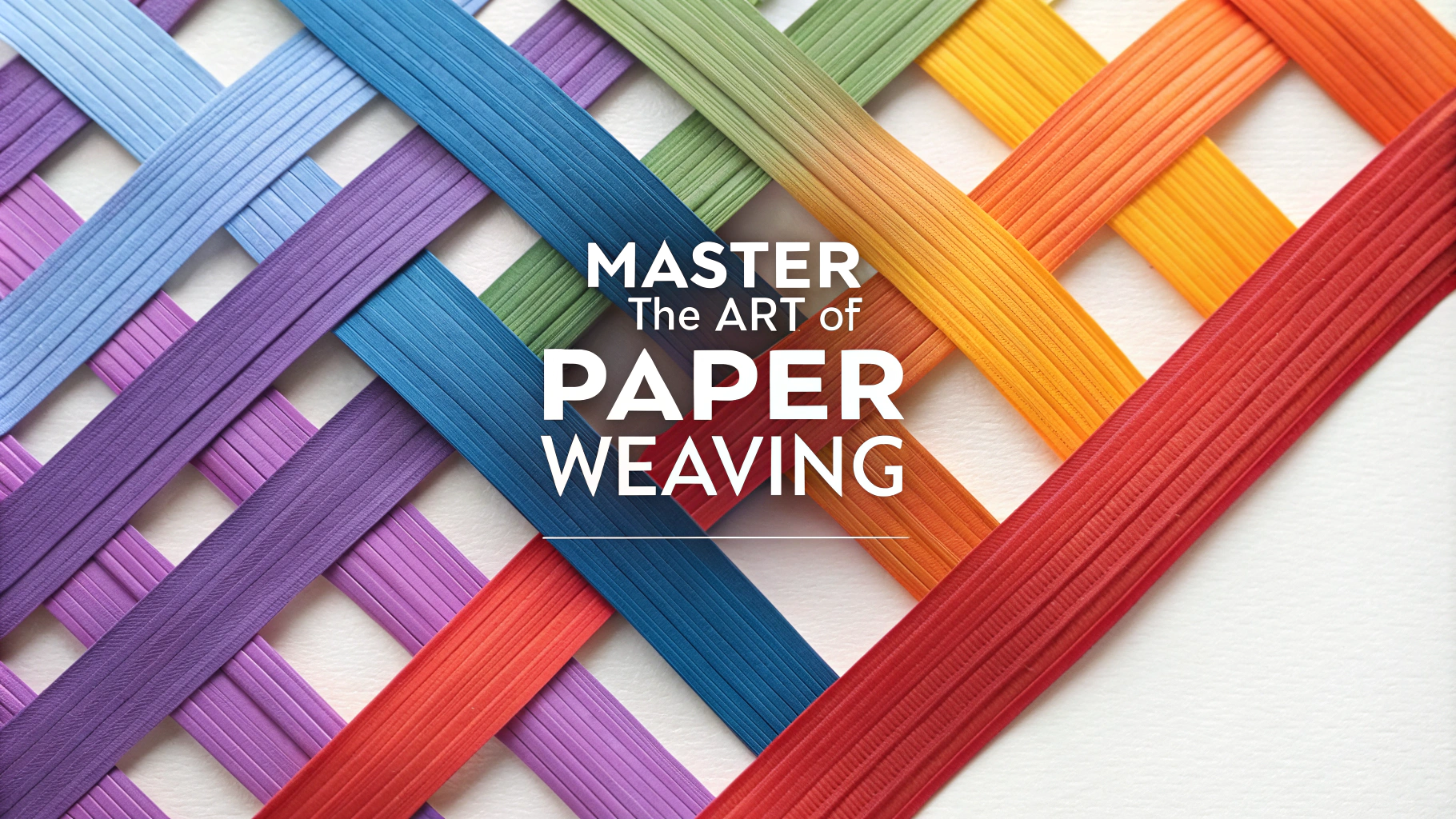Macramé has experienced a major revival with modern makers discovering its versatility for creating stunning wall hangings, plant holders, and decorative pieces.
This guide breaks down 10 macramé patterns that look complex but are actually achievable for beginners and intermediate crafters.
Basic Supplies You’ll Need
- 3-6mm cotton cord or rope
- Scissors
- Measuring tape
- Wooden dowel or hanging rod
- T-pins for securing work
Essential Knots to Master First
- Lark’s Head Knot: The foundation for most macramé projects
- Square Knot: Creates tight, flat patterns
- Half Hitch: Perfect for diagonal designs
- Double Half Hitch: Adds texture and strength
10 Deceptively Simple Patterns
1. Basic Wall Hanging
Start with 20 strands of cord attached to a dowel using lark’s head knots, then alternate between square knots and spacing to create an elegant diamond pattern.
2. Simple Plant Hanger
Using just square knots and gathering knots, create a sturdy holder that works for various pot sizes.
3. Diamond Wall Art
Combine diagonal half hitches to form diamond shapes, creating an eye-catching geometric design.
4. Twisted Rope Bracelet
Use spiral knots with two colors of cord for a sophisticated friendship bracelet.
5. Mini Wall Hanging
Perfect your technique with a small-scale project using basic square knots and fringe.
6. Simple Table Runner
Create an elegant table accent using alternating square knots and spaces.
7. Basic Door Curtain
Make a bohemian-style curtain using vertical strands and occasional square knots for stability.
8. Hanging Shelf
Combine square knots and wooden boards for a functional piece of wall art.
9. Feather Wall Art
Use diagonal half hitches and fringe-cutting techniques to create feather shapes.
10. Simple Dream Catcher
Combine a metal ring with square knots and spiral knots for a modern take on the traditional dream catcher.
Tips for Success
- Cut your cords longer than needed – you can always trim excess
- Work on a flat surface or pin your project to a cork board
- Keep consistent tension throughout your knots
- Brush out fringe with a metal pet brush for a fluffy finish
- Steam finished pieces to remove wrinkles
Recommended Resources
Remember to start with smaller projects to build confidence before tackling larger pieces.
Take photos of your progress to track your improvement and share with other macramé enthusiasts.
Common Mistakes to Avoid
- Using inconsistent cord lengths
- Pulling knots too tight or leaving them too loose
- Forgetting to measure and mark spacing
- Skipping the practice phase
- Not accounting for cord thickness in design
Maintenance and Care
- Spot clean with mild soap and water
- Avoid direct sunlight to prevent fading
- Dust regularly with a soft brush
- Store flat or hung to prevent tangling
- Re-steam periodically to maintain shape
Taking Your Skills Further
Advanced Techniques
- Incorporating beads and crystals
- Working with multiple colors
- Creating 3D structures
- Developing original patterns
Business Opportunities
- Custom wall hangings
- Wedding decorations
- Workshop teaching
- Pattern design and sales
Conclusion
Macramé offers endless creative possibilities while requiring minimal investment in supplies. By mastering these 10 foundational patterns, you’ll develop the skills needed for more complex projects. Start small, practice consistently, and don’t be afraid to experiment with different designs and techniques.
Join online communities and local craft groups to share experiences and continue learning. With patience and practice, you’ll soon be creating beautiful, professional-looking macramé pieces that reflect your personal style.
FAQs
- What basic materials do I need to start macramé?
You’ll need macramé cord (cotton or jute are most common), scissors, measuring tape, and a mounting rod or dowel. Optional items include beads, wooden rings, and a project board. - How long does it take to learn basic macramé knots?
The fundamental knots (square knot, spiral knot, and larks head knot) can be mastered within 1-2 hours of practice. Most beginners can complete a simple project within a day. - What’s the best type of cord for beginners?
3-ply twisted cotton cord in 4-6mm thickness is ideal for beginners as it’s easy to handle, maintains knots well, and is forgiving when you need to undo mistakes. - How do I calculate how much cord I need for a project?
Multiply the finished length of your project by 4 for each cord needed. Add an extra 12 inches for knots and finishing. For wall hangings, multiply the desired length by 3.5-4 times. - What’s the easiest macramé pattern for absolute beginners?
A simple plant hanger using square knots and spiral knots is the most straightforward project, requiring only basic knots and minimal pattern reading. - How do I prevent my macramé from getting tangled while working?
Use cord clips or masking tape to bundle working cords, and maintain even tension throughout. Work on a flat surface or project board, and organize cords in small groups. - Can I wash macramé pieces after completing them?
Yes, cotton macramé can be hand-washed in cold water with mild detergent. Lay flat to dry and reshape while damp. Avoid machine washing as it can loosen knots. - How do I maintain straight edges in my macramé work?
Use a measuring tape or ruler as a guide, work with consistent tension, and count your knots. Always measure from the mounting point to ensure symmetry. - What are the most common mistakes beginners make in macramé?
Using inconsistent tension, not measuring cord length properly, and making knots too tight or too loose are common mistakes. Always test knots before starting a project. - How do I finish off my macramé piece professionally?
Trim excess cord at an angle, unravel the ends for a fringe effect, or use overhand knots to secure. Use a fabric stiffener for clean, precise ends.









